
Your home’s integrity assurance is our utmost responsibility. TNL Home Inspections brings the most advanced, industry-leading thermal imaging solution for conducting deep and precise home inspection services in Dallas, Fort Worth. We ensure that your dream nestling place is free from any potential threat of structural weakness and no other technology works more accurately than thermal imaging inspection. Our inspection services follow strict transparency, accuracy, and thoroughness standards.
Let’s find out what you can expect from our experienced professionals.

Our thermal imaging for homes offers a comprehensive evaluation of buildings, pinpointing areas of energy loss due to inadequate insulation, moisture intrusion, and thermal bridging. This non-invasive method facilitates targeted improvements that enhance building efficiency and longevity.

In plumbing, thermal imaging inspection allows for the non-destructive detection of leaks and blockages, pinpointing areas of concern without the need for invasive measures. This technology helps identify hidden water damage, prevent mold growth and structural damage, and ensure your plumbing system’s integrity.
For renewable energy installations, such as solar panels and wind turbines, thermography home inspection is instrumental in identifying inefficiencies and defects. By revealing underperforming components, our inspections help optimize the performance and reliability of your renewable energy systems, maximizing your investment and environmental contributions.
Thermographic inspection services technology is a critical tool for firefighting and public safety, enabling responders to see through smoke and darkness to locate hotspots and individuals in need of rescue. This capability significantly enhances situational awareness, facilitating quicker, more informed decisions that can save lives and property.
Thermal imaging technology excels in revealing hidden flaws within a home’s structure and systems, which are undetectable through conventional inspection methods. It identifies issues before they escalate into major problems.
The use of thermal imaging can significantly enhance the safety of a home. It identifies electrical hot spots that could lead to fires, structural defects that may result in accidents and areas of moisture buildup that could cause mold growth. Addressing these issues promptly ensures a safer living environment for residents.
Thermal inspections often reveal areas where homes lose energy, such as through poorly insulated walls, drafty windows, and doors, or aging HVAC systems. Identifying and rectifying these issues can lead to substantial improvements in energy efficiency, reducing utility bills and contributing to a more sustainable household.
In certain jurisdictions, meeting energy efficiency standards and building codes is not just beneficial; it’s mandatory. Thermal imaging inspections can verify compliance with these regulations, ensuring that homes meet the required benchmarks for insulation, ventilation, and overall energy performance. This compliance is crucial for new constructions, renovations, and when applying for specific certifications or incentives.
The process begins with a discussion to understand your specific concerns and objectives for the thermal imaging inspection. This ensures that the inspection is tailored to your needs, whether it’s for identifying hidden damages or ensuring safety.
Our certified inspectors will conduct a thorough walk-through of your property using advanced thermal imaging cameras. These devices capture temperature variations in the building’s structure and systems, identifying anomalies that indicate potential issues.
The thermal images are then analyzed to distinguish between normal thermal patterns and anomalies. This analysis helps in diagnosing the underlying causes of issues such as heat loss, electrical hazards or more.
Ensure access to all areas of the property, including attics, basements, and crawl spaces. Move furniture or personal items that may obstruct the inspector’s access to walls, electrical panels, and HVAC systems. For accurate thermal readings, maintain a stable indoor temperature for at least 24 hours prior to the inspection.
The duration depends on the size and complexity of the property. On average, a thorough thermal imaging inspection can take between 2 to 4 hours. Larger properties or those with more complex systems may require additional time for a comprehensive assessment.
After the inspection, you will receive a detailed report that includes the thermal images, an explanation of any findings, and recommendations for further action. This report provides a clear, visual representation of the condition of your home, highlighting areas of concern and suggesting prioritized repairs or improvements. Our team is available to discuss the findings and guide you through the next steps to address any issues.
It is a non-invasive diagnostic technique that uses infrared cameras to visualize and measure temperature variations in buildings and mechanical systems, revealing problems not visible to the naked eye.
Yes, this inspection procedure is completely safe. It involves capturing temperature data with an infrared camera and does not emit any harmful radiation.
The best time to schedule a thermal imaging inspection is during extreme temperature differences between the inside and outside of your property, typically during colder months for heating issues or warmer months for cooling inefficiencies.
Yes, thermal imaging inspections can be limited by environmental conditions, such as sunlight, wind, and humidity, and they cannot see through objects, only surface temperature variations.
It should be performed annually as part of regular property maintenance, or more frequently if monitoring known issues or after major repairs and renovations.